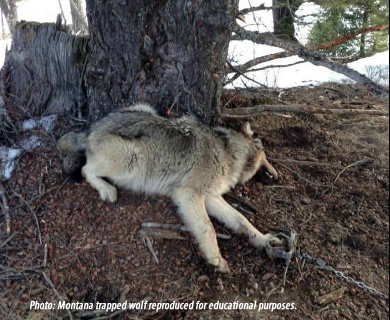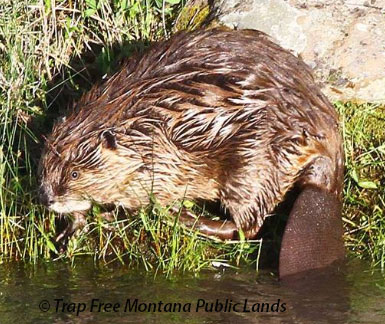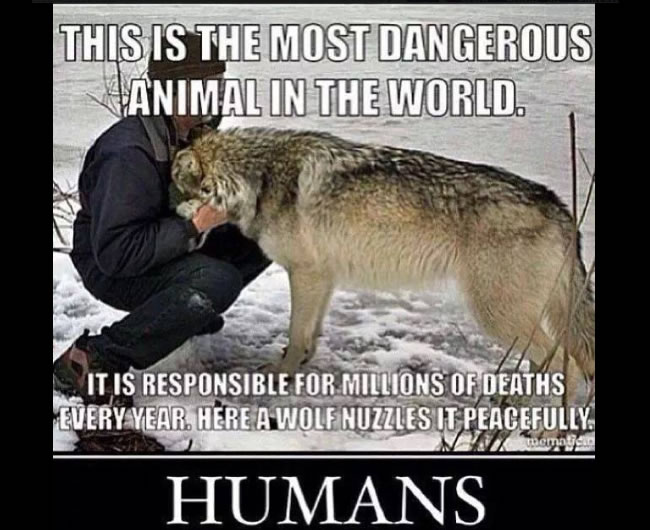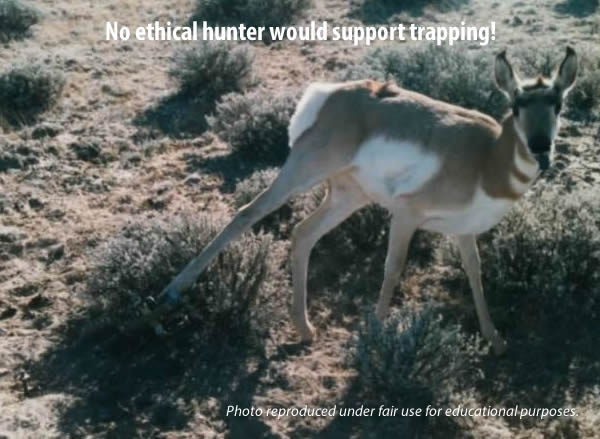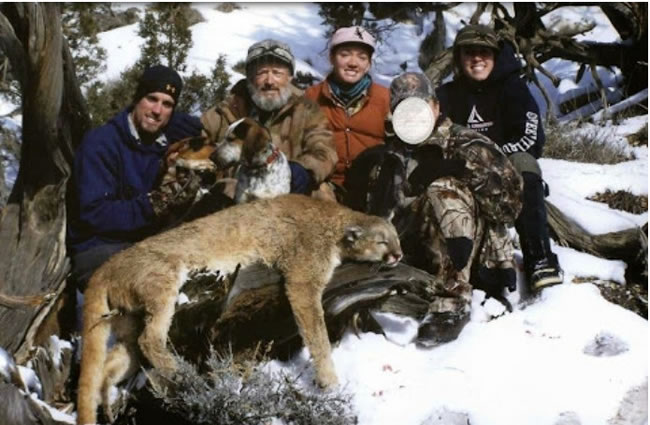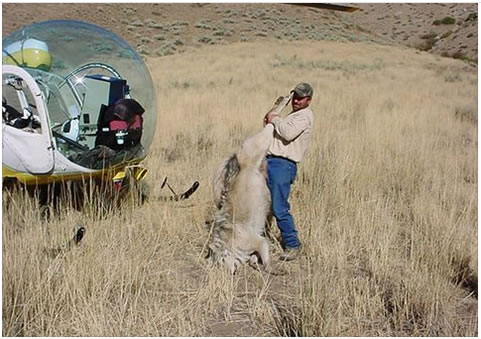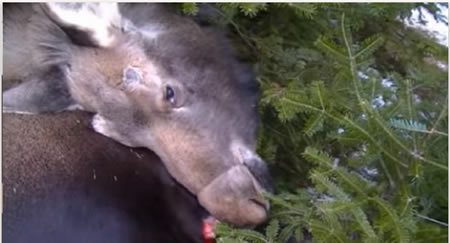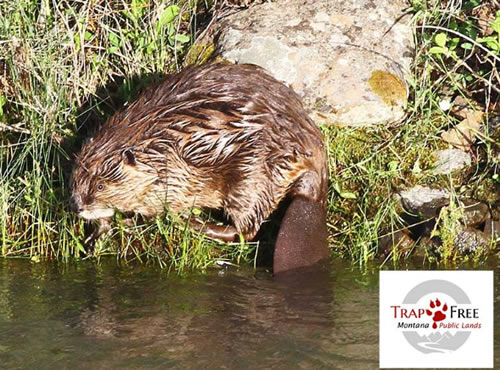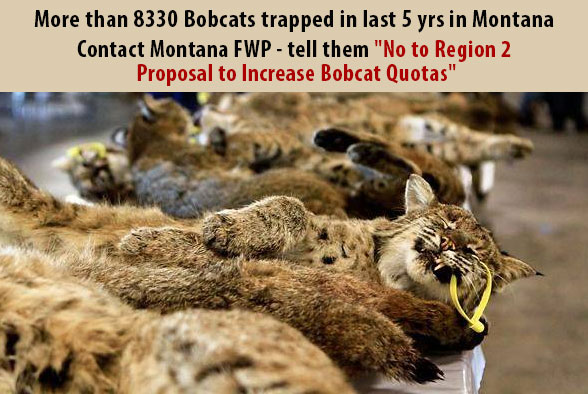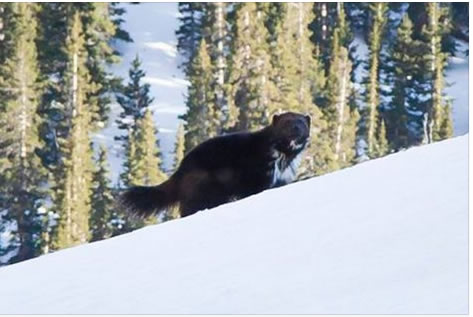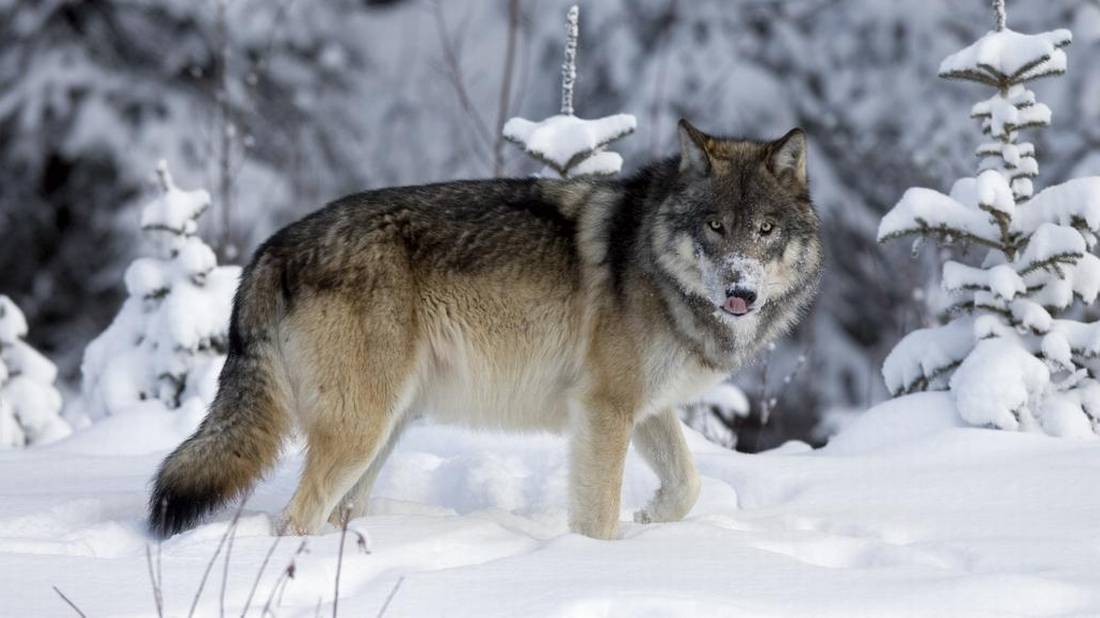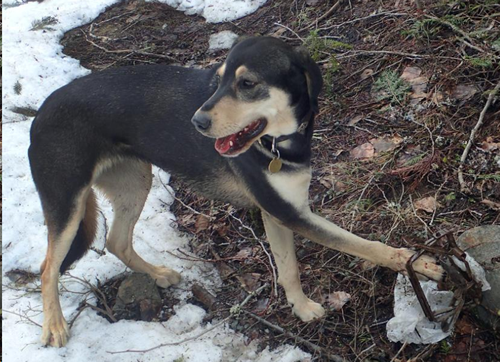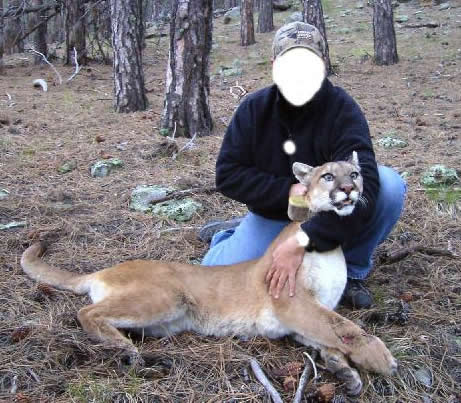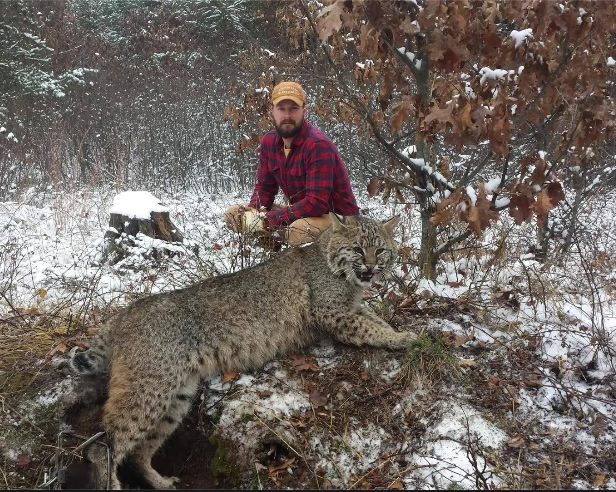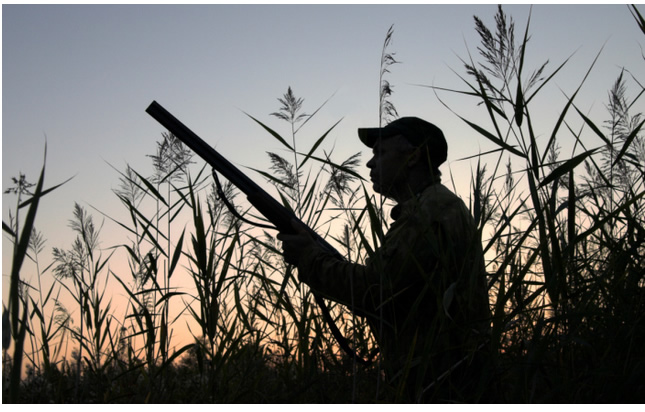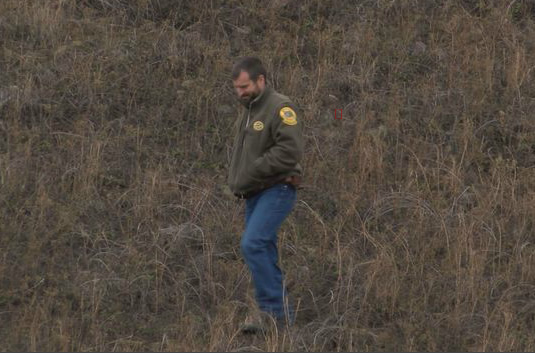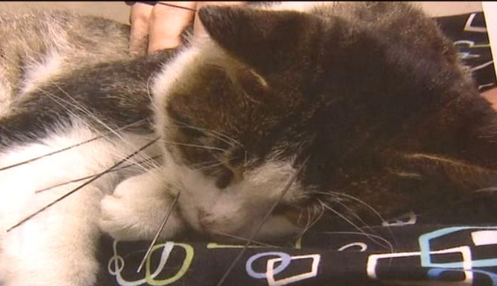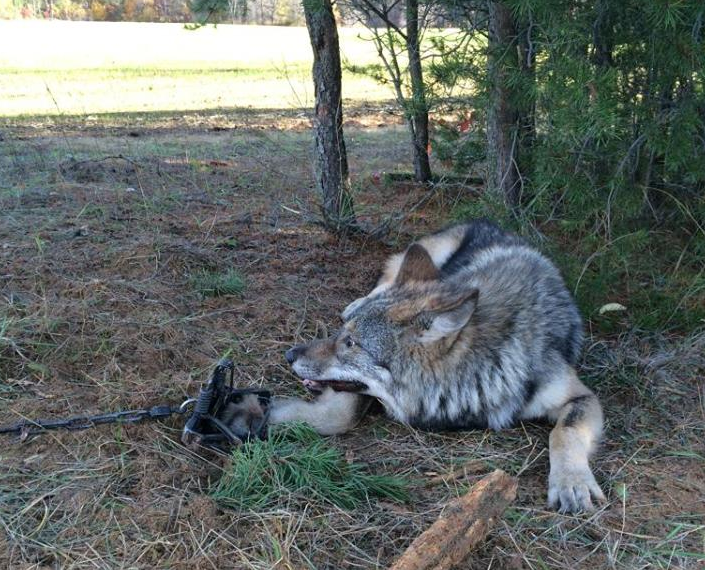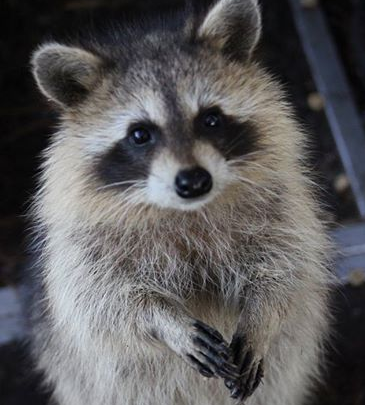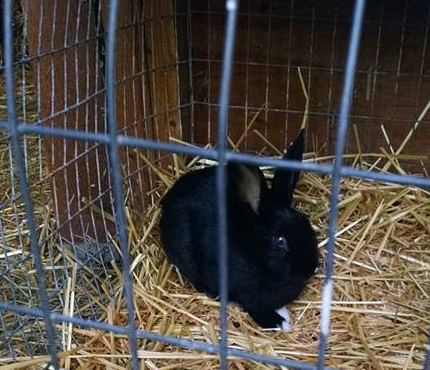
Cruelty Captured on Film
Pictures and Memes (some graphic)
A Magpie caught in a leghold trap. A rabbit used for bait.
The numbers of animals existing, the collateral damage, the incredible toll trapping takes on our wildlife, including unprotected and protected animal species, are unknown. No species is exempt from being caught in a trap/snare. Trapped, they can remain exposed, hungry, freezing, injured, for days, even weeks, as we have no required trap check time interval expect for wolves which requires 48 hour visible trap check.
Montanans and visitors value ethical and respectful treatment of our treasured wildlife and our incredible public lands. Species classified as “Furbearers,” “Nongame” and predators are worth far more alive and to many than killed inhumanely and unnecessarily by the less than 1% of Montanans that trap.
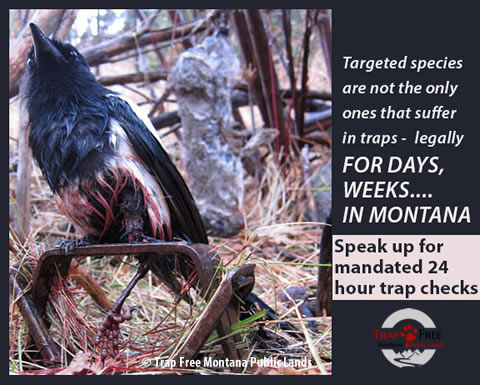
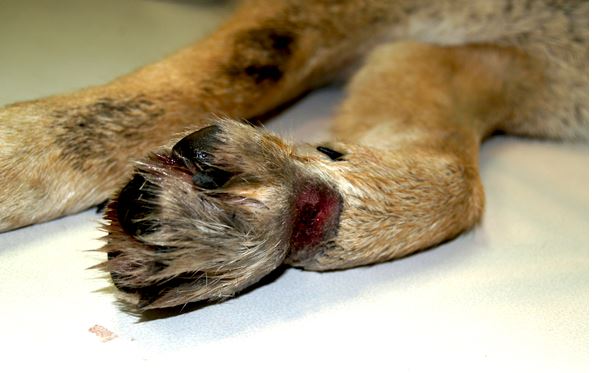
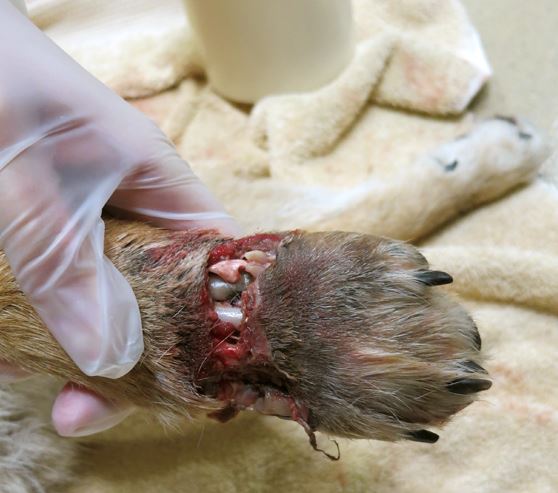
Trapped Coyote Leg Injury – Caught in a Trap
Read the story of a trapped coyote exhibiting the amount of damage that is created by loss of blood to living tissues and bone as a result of leghold traps. “Whenever tissue has been constricted for an extended period we become concerned for the integrity of both the tissues and the nerves, due to loss of blood flow.”
How long it was trapped is unknown. In Montana, we have no required trap check interval. They can be trapped days, weeks.
THREE DAYS AFTER the trap was released, despite all the medical assistance, the paw was dead and decaying due to the extended period of blood loss. This can take days or even weeks to occur.
Trappers claim there’s no harm done by traps, that the animals are just fine, including any released from traps, and the photographic evidence we share are all photo-shopped.
Trapped Coyote Leg Injury – Caught in a Trap Story courtesy of Wildlife Rehabilitation Center of Minnesota
Howling for Help
A trapped coyote calls out for help or as a warning perhaps to his or her pack. Companies like Canada Goose claimed the expensive, popular and lucrative hooded coyote fur trimmed jackets were ethically sourced from wild coyotes. Canada Goose claimed they operate “in accordance with Canada’s Agreement of International Humane Trapping Standards (AIHTS), established in 1997 to set a standard for trapping wild animals. Canada Goose says they also abide by similar regulations in the U.S., where fur is governed by a policy called Best Management Practices (BMP).”
First off, fur is not governed by the Best Management Practices determined and recommended by the Association of Fish and Wildlife.
Secondly, in Montana, we have NO trapping standards or regulations regarding the trapping and killing of coyotes. They can be trapped year round, in unlimited numbers, without the purchase of even a $28 trapping license. Coyote killers are not required to report the countless numbers they destroy. It is completely unregulated!
Over 66,500 coyotes were reported destroyed in 4 recent years from less than half of Montana “licensed” trappers bothering to return the voluntary trapper survey.
Coyotes can legally remain suffering in traps and snares, injured, dehydrated, and exposed to the elements for days upon days, even weeks in Montana. Once, and if, the trapper bothers to return, trapped coyotes can be killed by any and all sickening means imaginable. Commonly, it is with a baseball bat or choked to death with a catch pole. The goal often is to do the least damage to the fur and avoid any blood stains. For fun, coyotes are also run over, say by snow mobiles, or torn apart by the trapper’s dogs. Coyotes can be killed and left to waste. Then of course, there are multiple annual coyote killing contests in which prizes are awarded for the most, the smallest, coyote, etc. All legal in Montana.
Thanks to pressure and exposure from wildlife advocates, in April 2020, Canada Goose announced that effective 2022, it would no longer be buying new fur from trappers and would instead be using reclaimed and recycled fur already part of the supply chain. This is a real accomplishment, friends! However, how many coyotes will still be trapped and slaughtered and for other inexcusable reasons? Trappers say the number one reason they trap is for the fun of it.
